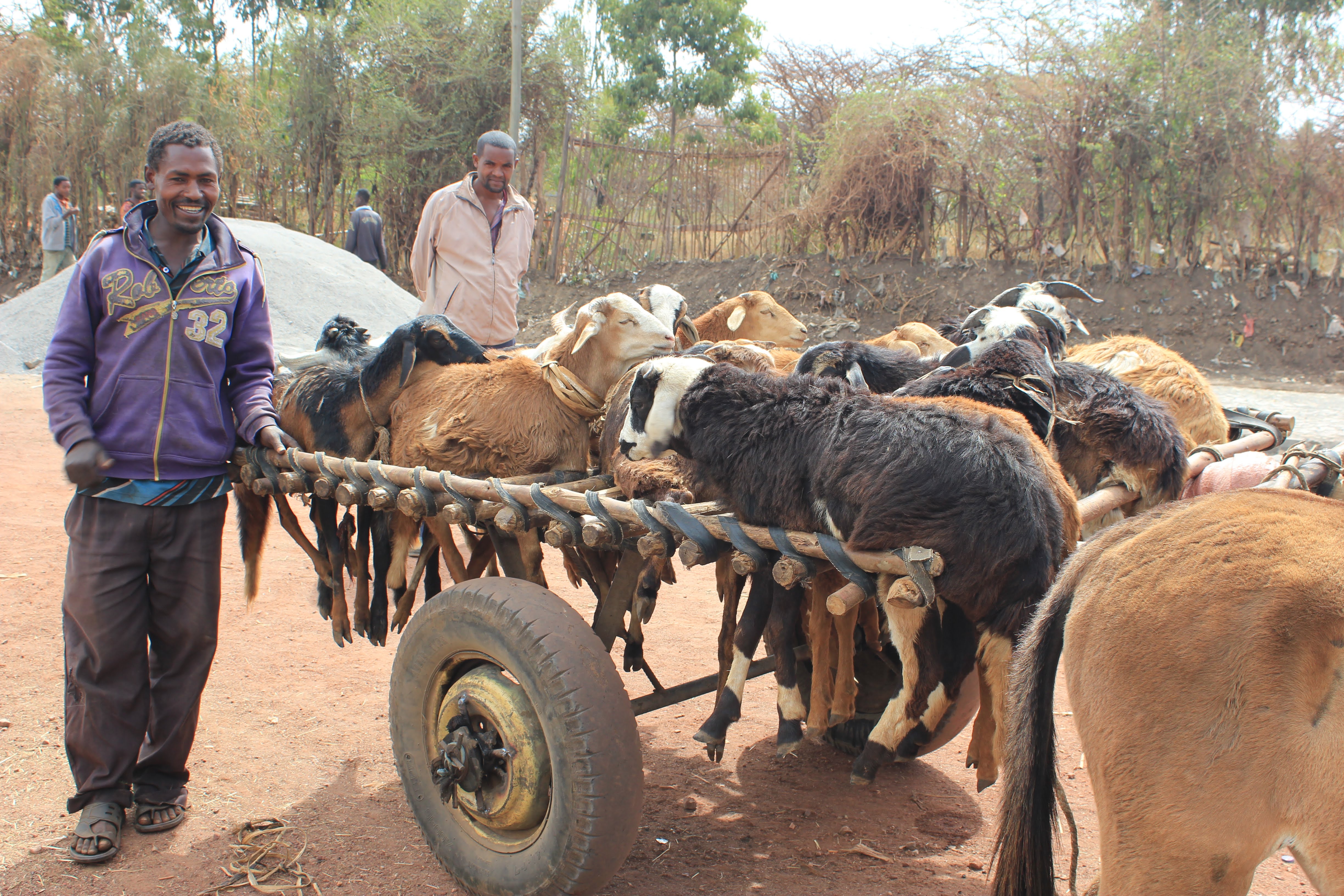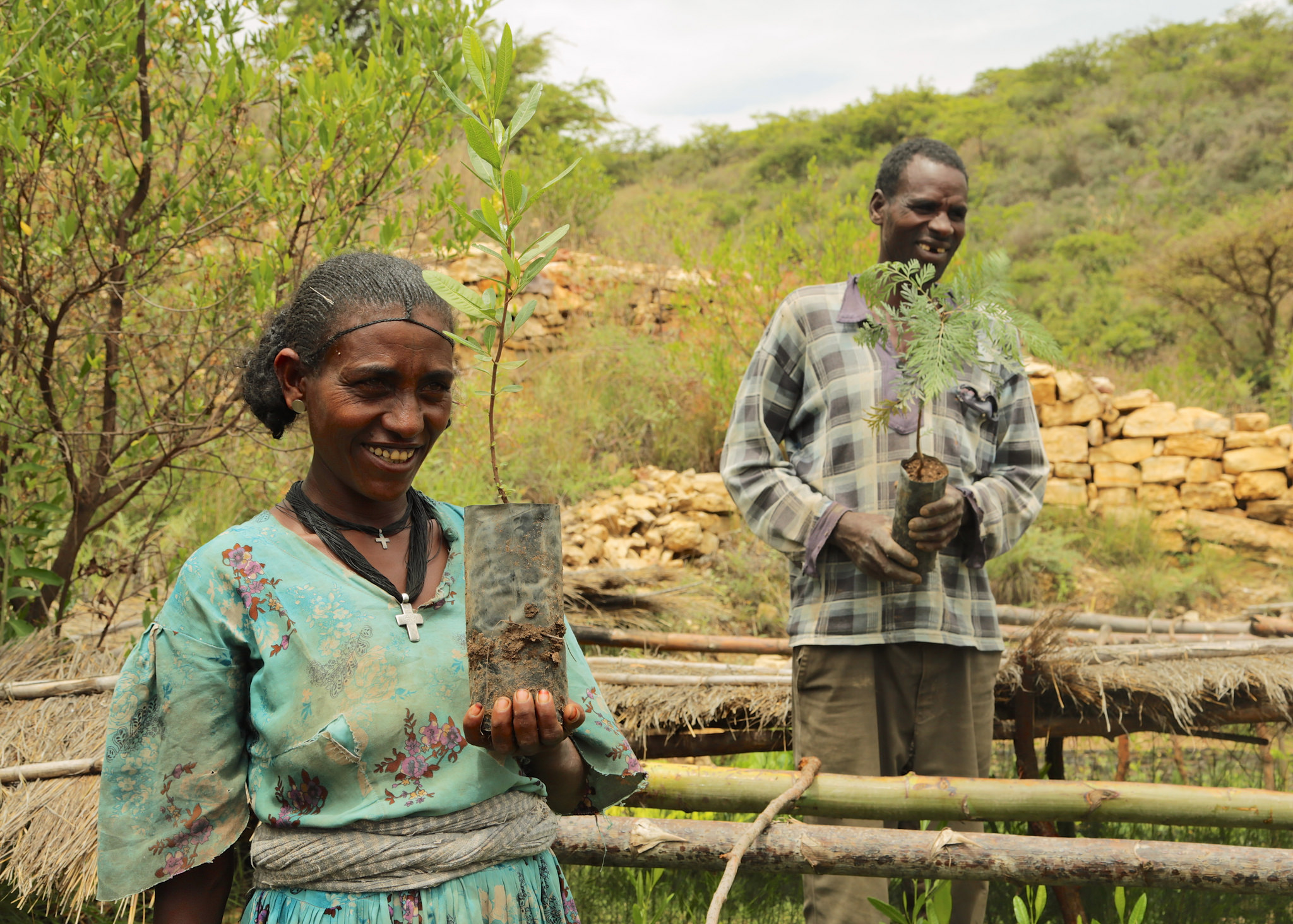African countries must respond to an increasing demand for food while delivering on their national commitments to the global climate agenda. Meanwhile, the land use sector accounts for up to 40% of the continent’s greenhouse gas (GHG) emissions.
Kenya is one of the countries facing this intertwined challenge. The Mau Forest, located in its highlands, is the largest remaining montane forest complex in East Africa, but it is under pressure by a growing community of smallholders contributing some 80% of the national milk production.
To inform agricultural and forest mitigation policies, researchers from the Center for International Forestry Research (CIFOR) and partner organizations have conducted the first in-depth study on what drives forest disturbance in the Mau Forest and how this relates to dairy intensification in the region.
The study is part of the larger Greening Livestock project led by the International Livestock Research Institute on mitigation of climate change in the livestock sector, an initiative that engages stakeholders ranging from ministries of environment and agriculture to counties. Such work will help disseminate the findings of the research to the relevant actors making land use decisions at national and subnational scale, says Mariana Rufino, chair of agricultural systems at Lancaster University.
“There had been farm-level analyses showing that better feed led to a higher production of meat or milk with the same amount of emissions,” she points out. “However, these studies did not consider the impact of intensification at the landscape level: emissions may decline in an individual farm, while increasing in the neighboring forest where livestock graze.”


